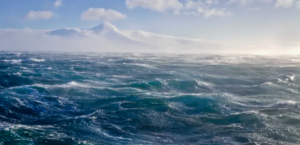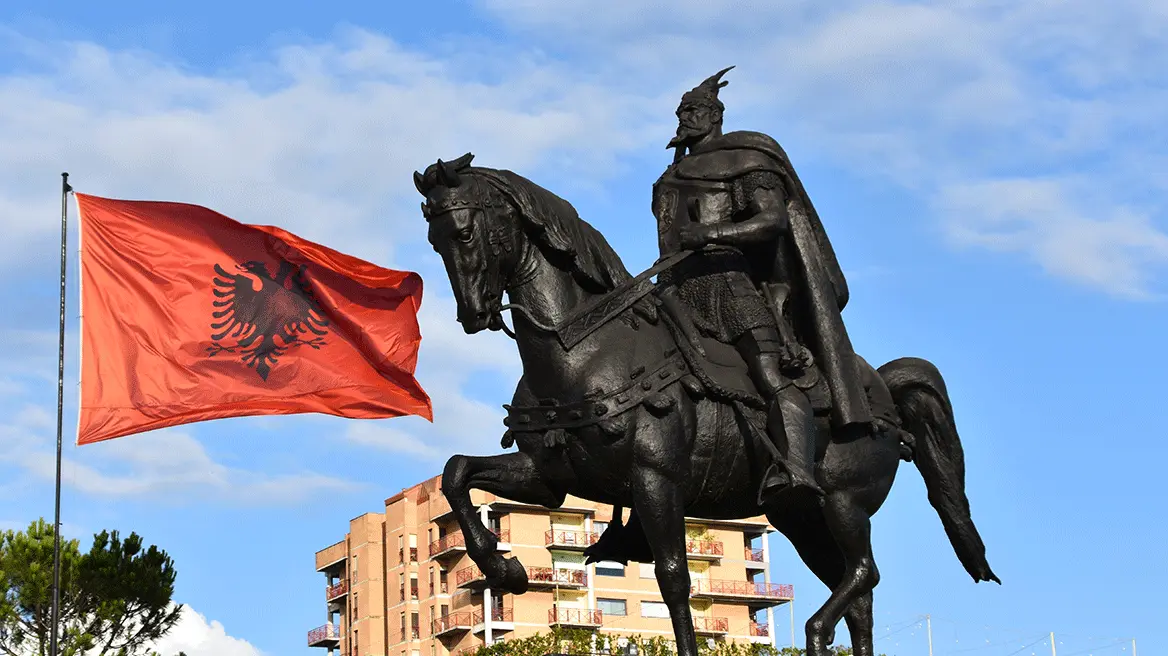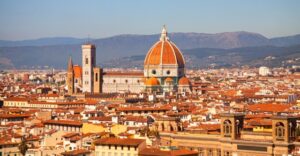As humans warm the planet, the once reliably frigid and frozen Arctic is becoming wetter and stormier, with shifts in its climate and seasons that are forcing local communities, wildlife and ecosystems to adapt, scientists said Tuesday in an annual assessment of the region.
Even though 2022 was only the Arctic’s sixth warmest year on record, researchers saw plenty of new signs this year of how the region is changing.
A September heat wave in Greenland, for instance, caused the most severe melting of the island’s ice sheet for that time of the year in over four decades of continuous satellite monitoring. In 2021, an August heat wave had caused it to rain at the ice sheet’s summit for the first time.
2022 in Google Searches (infographic)
“Insights about the circumpolar region are relevant to the conversation about our warming planet now more than ever,” said Richard Spinrad, administrator of the United States National Oceanic and Atmospheric Administration. “We’re seeing the impacts of climate change happen first in polar regions.”
Read more: The New York Times
Ask me anything
Explore related questions





